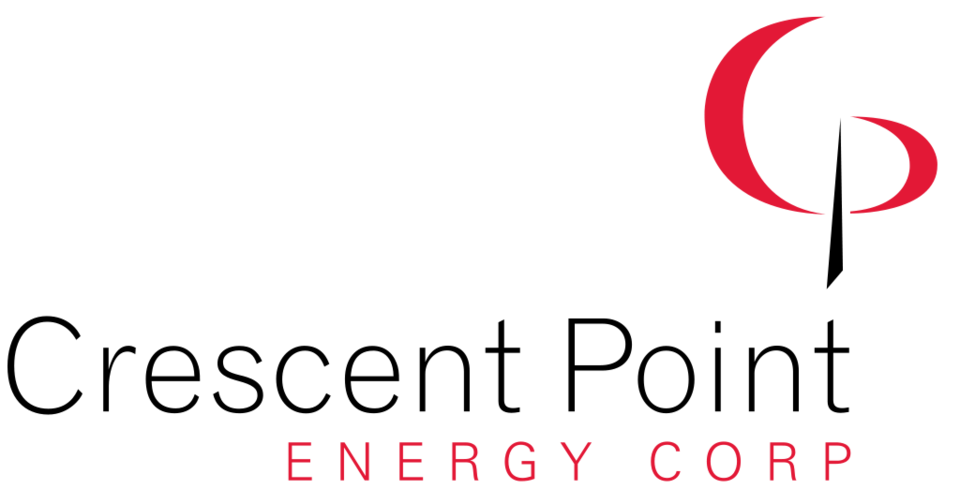Calgary – On July 27 Crescent Point Energy Corp. announced its operating and financial results for the quarter ended June 30, 2017.
“Our strong operational results have driven one of our best quarters leading to an increased 2017 guidance,” said Scott Saxberg, president and CEO of Crescent Point. “The company's production outperformance includes the progression of the Uinta Basin's horizontal drilling program. Recent well results demonstrate new zone potential and initial production rates above our current type curve.”
Crescent Point achieved average production of 175,615 boepd, an increase of approximately five percent from second quarter 2016. This represents annualized growth of over 12 percent compared to third quarter 2016 when the company first accelerated its capital program due to its new play development success.
In the Williston Basin and southwest Saskatchewan resource plays, the company focused on low-risk, high-return infill development and down-spacing programs. Crescent Point's 2017 waterflood strategy remains centered on implementing its Injection Control Device (ICD) waterflood systems. The company currently has 40 ICD waterflood systems in place with approximately 10 additional installations planned for the remainder of 2017.
Crescent Point spent $230.2 million on drilling and development activities during second quarter, drilling 85.0 (66.8 net) wells. The company’s Point's total capital expenditures, including land, seismic and facilities, were $294.6 million and resulted in a total payout ratio, including cash dividends, of 82 percent.
As part of its risk management program, the company hedged 736,000 barrels of oil during second quarter 2017. As at July 24, 2017, 39 percent of Crescent Point's second half 2017 oil production, net of royalty interest, and 13 percent of its first half 2018 oil production, are both hedged at a weighted average market value price of approximately C$70.00 per barrel. The company also has a significant amount of natural gas production hedged through 2019 at a weighted average price of C$2.85 per gigajoule.
Rarely has Crescent Point sold assets, almost always being the acquirer. But the company is currently marketing or in negotiations to dispose of certain non-core assets with an aggregate value of approximately $180 million and expects to transact on the majority of these sales during the second half of 2017. The company plans to market an additional asset package of similar value later this year. During second quarter, Crescent Point completed its previously announced disposition for $93.2 million.
During second quarter, the company acquired approximately 80,000 net acres of undeveloped land in the western portion of the Uinta Basin. These lands provide Crescent Point the opportunity to transfer its horizontal development expertise to a new operating area with multi-zone potential.
In June 2017, the Company successfully renewed its covenant-based, unsecured credit facilities totaling $3.6 billion, with a maturity date extension to June 10, 2020. Crescent Point retains a significant amount of liquidity with no material near-term debt maturities. As at June 30, 2017, the Company's unutilized credit capacity was approximately $1.5 billion, not reflecting asset dispositions expected to be completed subsequent to second quarter.
Outlook
Crescent Point is increasing its 2017 average production guidance to 174,500 boepd, up from 172,000 boepd, based on strong operating results and better-than-expected spring break-up conditions. The Company's exit guidance remains at 183,000 boepd as it is in the process of disposing additional non-core assets.
“We are executing our organic growth strategy and expect to meet or exceed our 2017 exit production guidance,” said Saxberg. “Our team has been successful with cost control initiatives and we remain on track with our budget. Given our strong operating results to date, we do not anticipate the need to change our capital program and expect to achieve per share growth of 10 percent.”
Total capital expenditures budgeted for 2017, excluding property and land acquisitions, is unchanged at $1.45 billion. Although pressure pumping and steel costs increased during second quarter, the overall impact to Crescent Point's budget remains in line with expectations. The company is monitoring its cost assumptions, efficiency improvements and potential cost reductions for the second half of 2017 in light of the current volatile oil price environment.
In the Williston Basin and southwest Saskatchewan resource plays, the company's development strategy continues to include a combination of low-risk, high-return infill development, step-out drilling to expand economic boundaries and down-spacing to identify new drilling locations.
Crescent Point's 2017 waterflood strategy remains focused on implementing its ICD waterflood systems, which increased water injectivity in an initial pilot. The company currently has 40 ICD waterflood systems in place with encouraging initial results. Approximately 10 additional ICD waterflood systems are expected to be implemented in 2017.
During second quarter, Crescent Point's Innes Unit became effective within the Viewfield Bakken resource play. This is the company's second unit to become effective within the play and the sixth unit that Crescent Point has implemented overall. Full unitization allows for accelerated waterflood development and is expected to help manage reservoir pressure in a larger portion of the pool.



